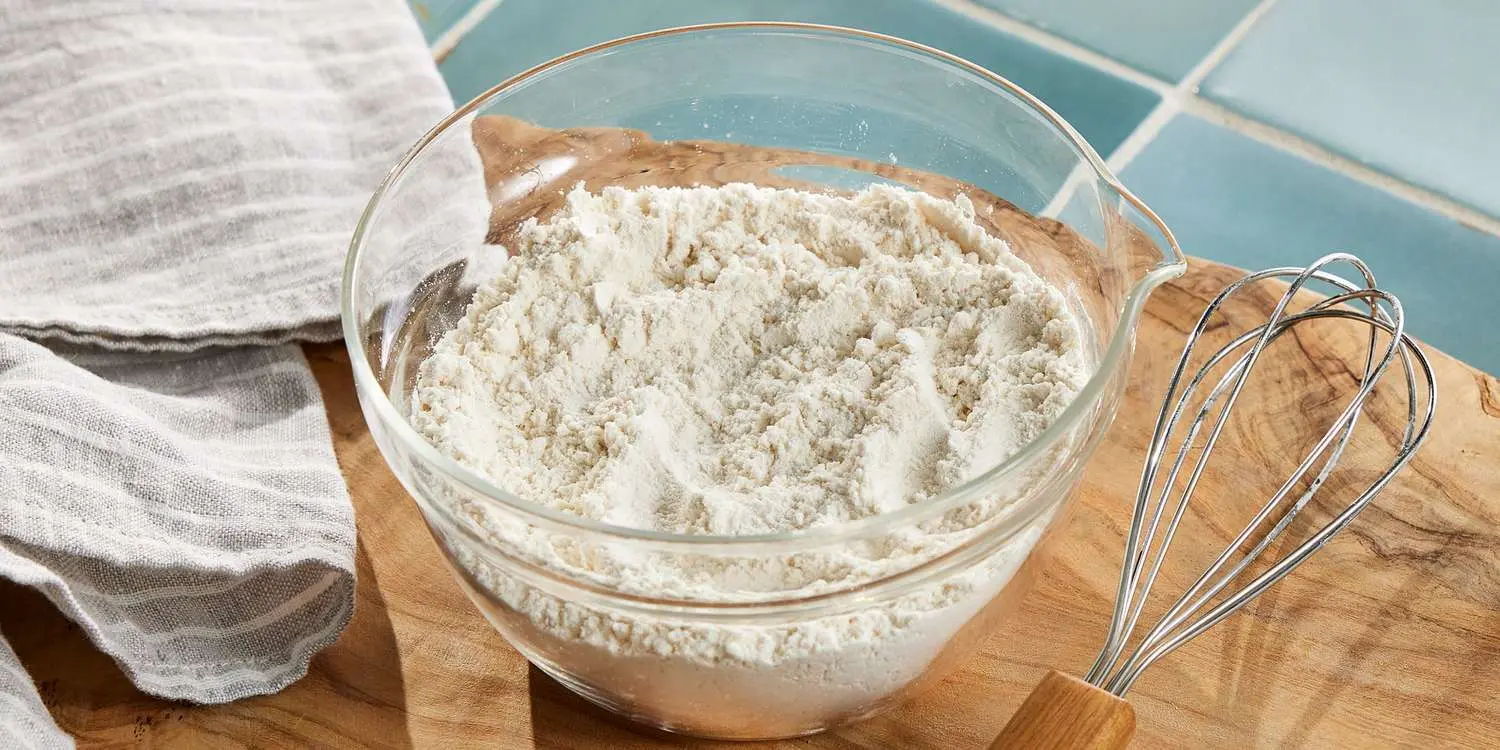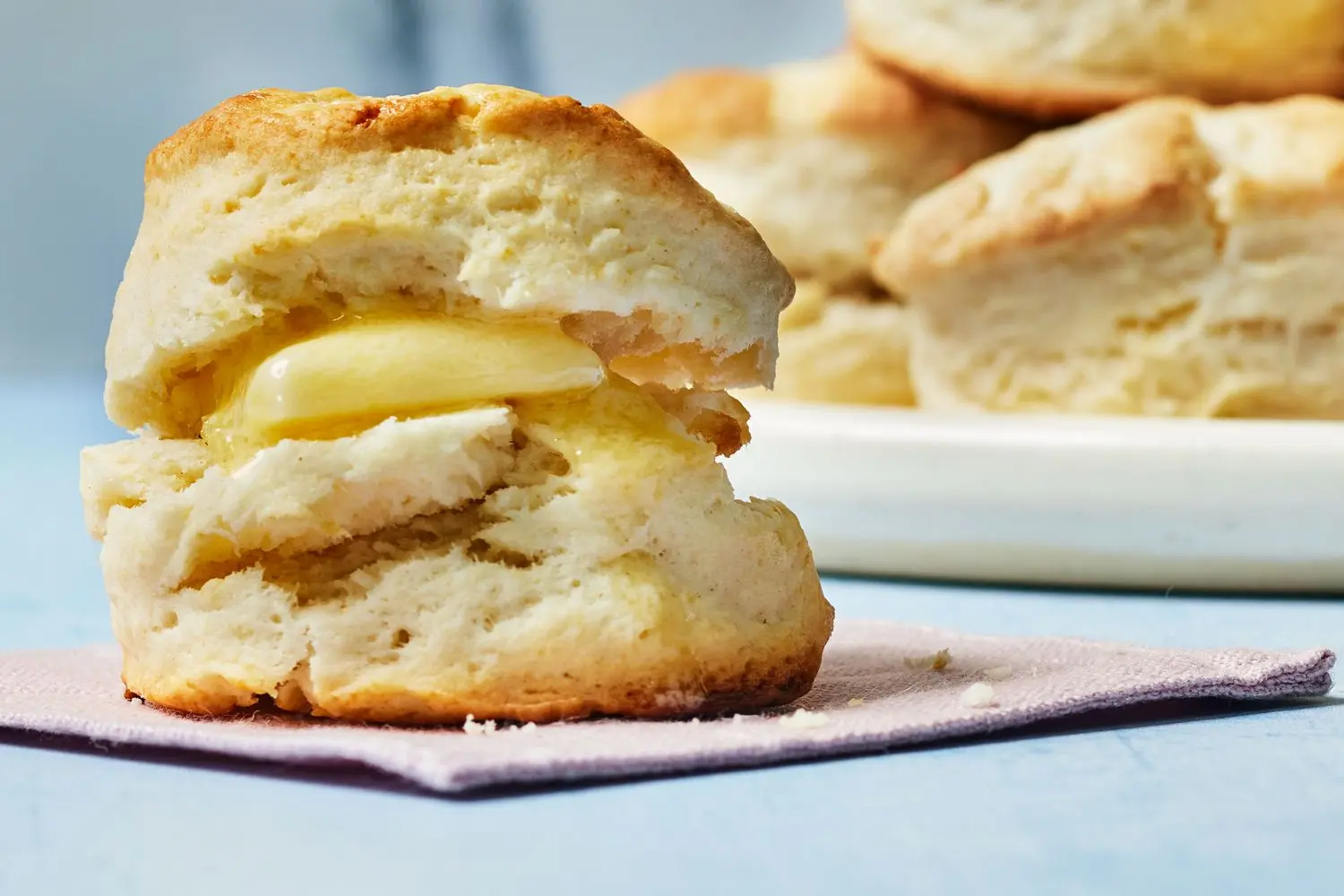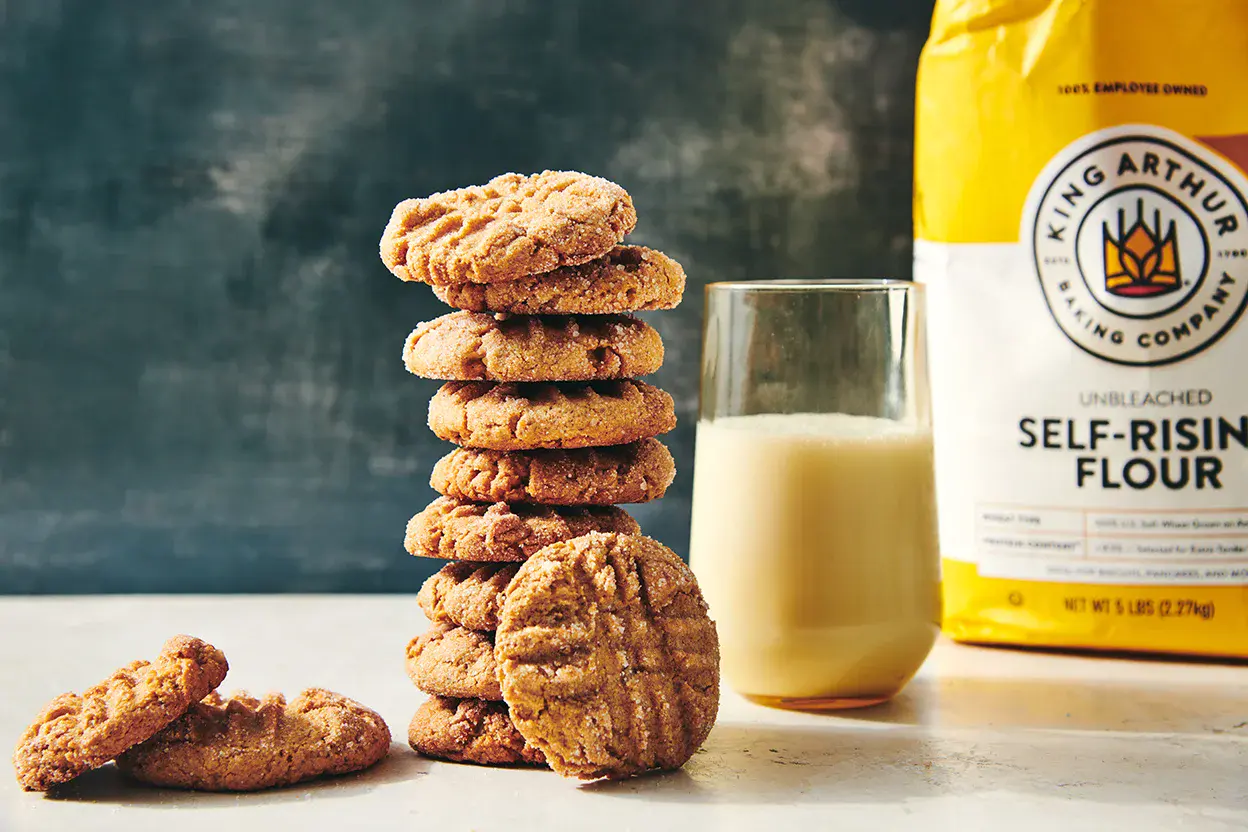Understanding Self-Rising Flour

Self-rising flour is a type of flour that contains added baking powder and salt. It’s commonly used in recipes where leavening is required, like biscuits, cakes, or pancakes. The baking powder already included in the flour helps the dough rise, making it fluffier and lighter. However, when using self-rising flour for cookies, it's important to consider how these added ingredients may affect the texture and taste of your final product. While it’s possible to use self-rising flour in cookies, it’s essential to understand the potential results.
Differences Between All-Purpose and Self-Rising Flour

All-purpose flour is the most commonly used flour for cookies, as it doesn’t contain any leavening agents or added salt. This allows for more control over the texture and rise of the dough, as you can add the exact amount of baking soda, powder, or other leavening agents based on your recipe. On the other hand, self-rising flour already includes baking powder and salt, so it works best in recipes where a light and airy texture is desired. When substituting self-rising flour for all-purpose flour in cookie recipes, it’s important to adjust the amount of leavening agents and salt accordingly.
How Self-Rising Flour Affects Cookie Texture

When using self-rising flour in cookies, it will impact the texture of the dough. Because self-rising flour contains baking powder, the dough will likely rise more than it would with all-purpose flour alone. This can result in a thicker, fluffier cookie, which might not be ideal for certain types of cookies, such as thin, crisp ones. If you're aiming for a soft, cake-like texture, self-rising flour can be a good choice, but if you prefer a chewy or crisp texture, it might not be the best option. The rise caused by the baking powder can alter the shape and consistency of the cookie.
Adjusting Other Ingredients When Using Self-Rising Flour

If you decide to use self-rising flour in your cookie recipe, you'll need to make some adjustments to the other ingredients. Since self-rising flour already contains salt and baking powder, you should reduce or eliminate any additional salt and leavening agents the recipe calls for. Adding too much baking powder can lead to an overly puffy cookie with a slightly metallic taste. Adjusting the butter or sugar content may also be necessary to compensate for the change in texture that self-rising flour brings.
Conclusion: Is It Okay to Use Self-Rising Flour for Cookies?

While it is technically okay to use self-rising flour for cookies, the results may vary depending on the recipe. For cookies that require a soft, cake-like texture, self-rising flour can be a suitable option. However, for cookies that are meant to be chewy or crisp, all-purpose flour is usually the better choice. If you do use self-rising flour, be sure to adjust the amount of baking powder and salt in your recipe. Experimenting with different types of flour can lead to new cookie textures, but it's essential to understand how self-rising flour will affect the final product.
Recommended

Flat White Vs Latte: Which Option Is Stronger?

Elevate Store-Bought Hummus With These Simple Ingredients

This Easy Trick Brings Out The Best In Store-Bought Cookie Dough

The Easy Way To Prepare Burrata You've Probably Never Considered
Next up

